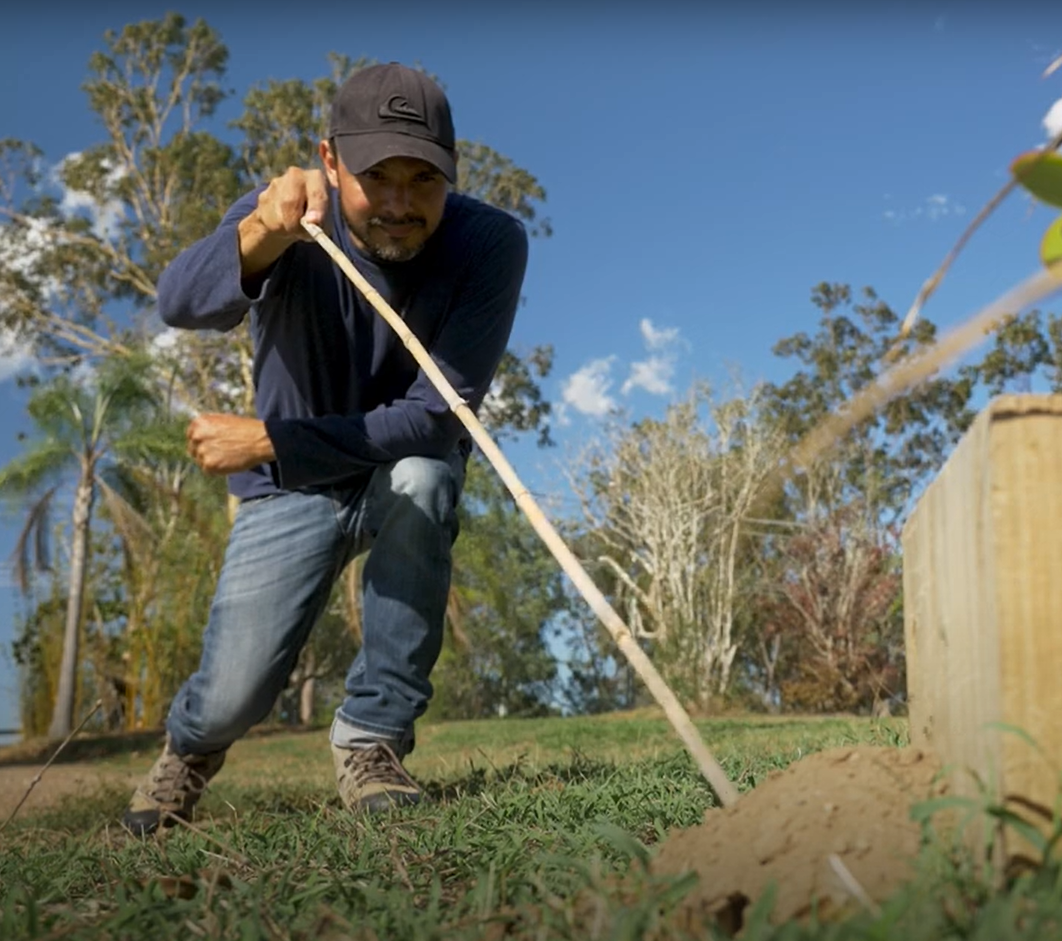Nests
Fire ant nests can appear as dome-shaped mounds or be flat and look like a small patch of disturbed soil.
All nests have no obvious entry or exit holes.

When checking suspicious ant nests gently poke the nest with a long stick and observe the ants that come out.

Be careful not to get too close, as fire ants are aggressive. They swarm when disturbed and have a painful sting.
Our role
Under the Biosecurity Act 2014, all Queenslanders have a general biosecurity obligation (GBO) to manage fire ants:
- under their control
- that they know about
- that they are expected to know about.
You can do this by reporting fire ants to the National Fire Ant Eradication Program on the online form by calling 13 25 23 or visiting National Fire Ant Eradication Program for more information.
What we are doing
As part of our General Biosecurity Obligation (GBO) we are undertaking the following:
- broadscale suppression treatment across 1,200 hectares of Council land
- we are reporting Fire Ant nests within 24 hours to Biosecurity Queensland
- we will have teams on the ground undertaking suppression treatment.
We are only undertaking treatment on Council land and Fire Ants should continue to be reported online to the National Fire Ant Eradication Program or by calling 13 25 23.
Treatment types and bait safety
There are two types of fire ant treatments that are approved for use in Australia.
Both treatments have a different purpose, application instructions and results Treatments are safe for humans, pets and wildlife.
For information about treatments, visit Treatment types and bait safety | National Fire Ant Eradication Program.
Treat at home option
There are several treatment methods and products available to effectively treat fire ants.
They include:
- Self-treating fire ant nests using products you purchase.
- Hiring a licensed pest manager to treat on your behalf.
- Waiting for treatment by the National Fire Ant Eradication Program.
If you choose to self-treat fire ants on your property, you should advise so when you submit your fire ant report, either online or by calling 13 25 232.